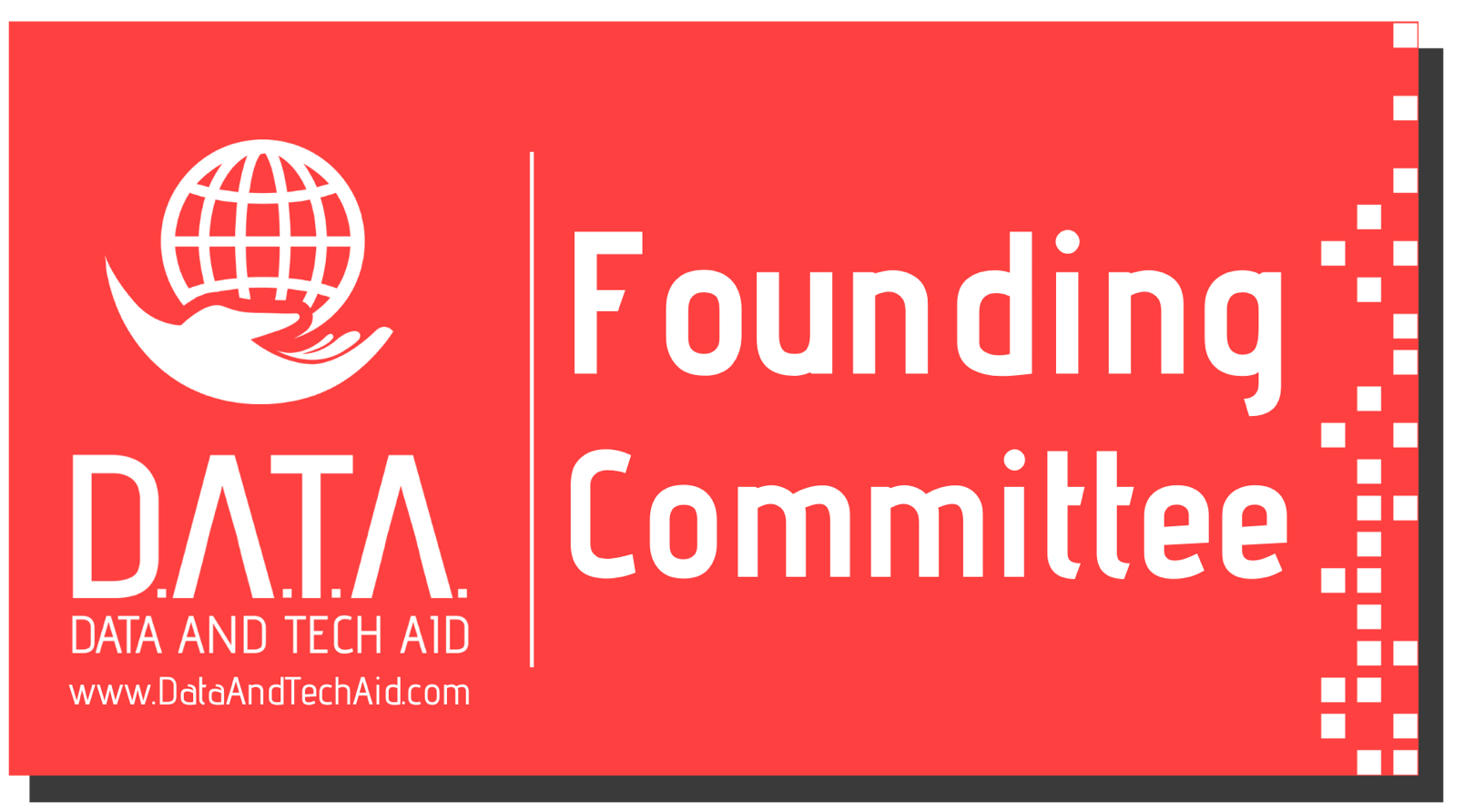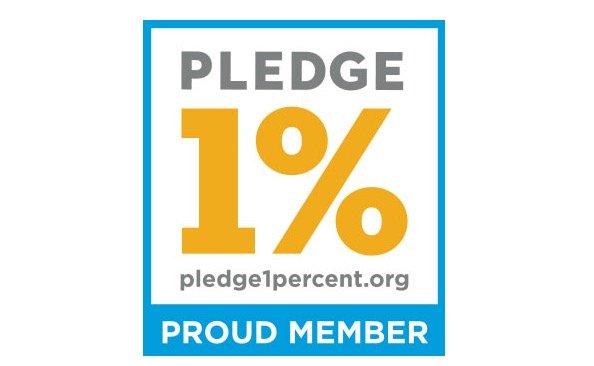How Long Will My Data Governance Initiative Take?
/In this blog, I want to answer a question that I am asked several times every week. To be honest, it’s not an unreasonable question, but it’s not an easy one to answer!
Before I go into any detail trying to answer the question, I want to make one thing very clear: there is no end date on Data Governance.
Data Governance should be something that you are implementing and embedding within your organisation, so that it becomes part of business as usual. For this reason, as anyone who has worked with me or attended my training courses will know, I make a point of impressing upon everyone that Data Governance is NOT a project. If you truly embed Data Governance into your organisation it should never end.
However, having said that, it is entirely possible that you may want to do a project (or project-like initiative) in order to design and implement a Data Governance Framework in the first place. So perhaps the question should be “how long will it take to design and implement a data governance framework and start delivering some benefits?”
But to be honest, that questions isn’t any easier to answer and you could say that both are “how long is a piece of string” questions. Last year, I was lucky enough to be on a panel debate at Data2020 in Stockholm with David Dadoun from Aldo and Andrew Joss from Informatica. Whenever I participate in a panel debate, I always start with a sense of trepidation as to whether my fellow panelists will have the same views as me or not. In this case I did not have to worry because both David and Andrew were very experienced in Data Governance and had seen many of the same challenges that I had over the years. This meant that we all agreed that there is no such thing as a standard Data Governance Framework or a standard approach to implement it. It also meant that— much to the frustration of the Chairman— we took it in turns to answer many of the questions with “it depends.” The panel debate was filmed and you can watch it here if you’re interested.
The reason I tell you this is that whenever I am asked this question, I am always tempted to respond with “it depends.” However, this would not be useful for the person asking the question, so instead, I have to follow up with some supplementary questions. These will include things like:
Do you have an agreement to commence a Data governance initiative?
How many resources have you got to work on the initiative?
What is the scope of your initiative?
How big is your organisation?
How open to change is your organisation?
And depending on the answers to the above, I may well ask “is your organisation ready for Data Governance?” Please note this final question is not the same as “does your organisation need data governance?”
Back in 2014, the Data Governance guru Gwen Thomas (founder of the Data Governance Institute) wrote a fantastic article called “When You’re Not Ready for Data Governance.” I frequently direct people to have a look at this post to help get their head around whether now really is the right time for them to commence Data Governance, because sometimes you just have to accept that now is not the right time.
So having asked the first round of supplementary questions (detailed above), if I am convinced that an organisation is ready and able to commence designing and implementing Data Governance, then I need to answer further questions. These are around what they are aiming for and where they are starting from. To help answer these questions, a lot of companies turn to a data governance maturity assessment of some kind. These are very valuable tools in helping an organisation decide how mature they need to be, and in identifying where they currently are.
Please be aware that sometimes organisations can get tied up in “analysis paralysis” and spend inordinate amounts of time and effort on completing a maturity assessment. This is not useful, and care should be taken to only go to the level of detail needed to understand what capabilities your company is hoping to attain, plus identifying its current state.
There are multiple different maturity assessments available. As with all things Data Governance I prefer a simple approach and you can download a very quick and easy Data Governance Health check questionnaire for free here. If a more detailed assessment suits the culture of your organisation better, I recommend you look at the freely available maturity assessment published by Stanford University. Sadly they recently removed their assessment from their website, but Alex Leigh has created an excel spreadsheet version that you can download from his website.
It is only after you have gone through the analysis outlined above that you will be in a position to estimate how long implementing Data Governance is going to take in your organisation. Now clearly the timescales are going to vary, but in my experience, it is going to take you the best part of a year (and probably longer) to design and implement a Data Governance Framework over at least some part of your data or organisation. This doesn’t mean that you won’t be able to deliver some quick wins during this period, but it will take a reasonable amount of time and effort before your Data Governance Framework starts to deliver value on a regular basis.
I don’t say this to put you off starting in the first place, but I have seen so many people underestimate the amount of effort and time that a Data Governance initiative takes, and it is vital that you manage your stakeholder’s expectations from the outset.
So whilst I can’t give you an easy answer that works for everyone, I hope I’ve given you some insight into how to work out the answer for yourself.










